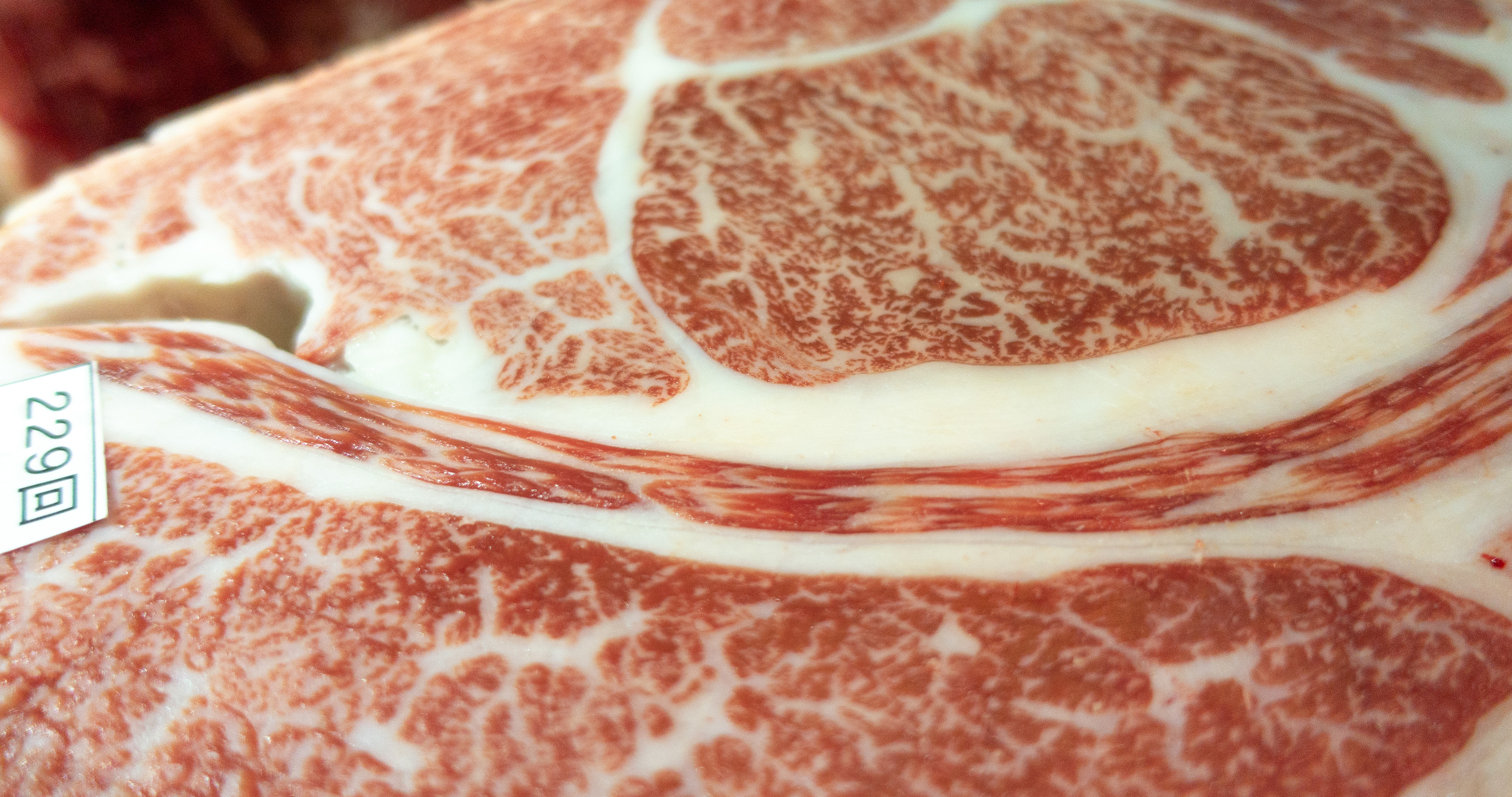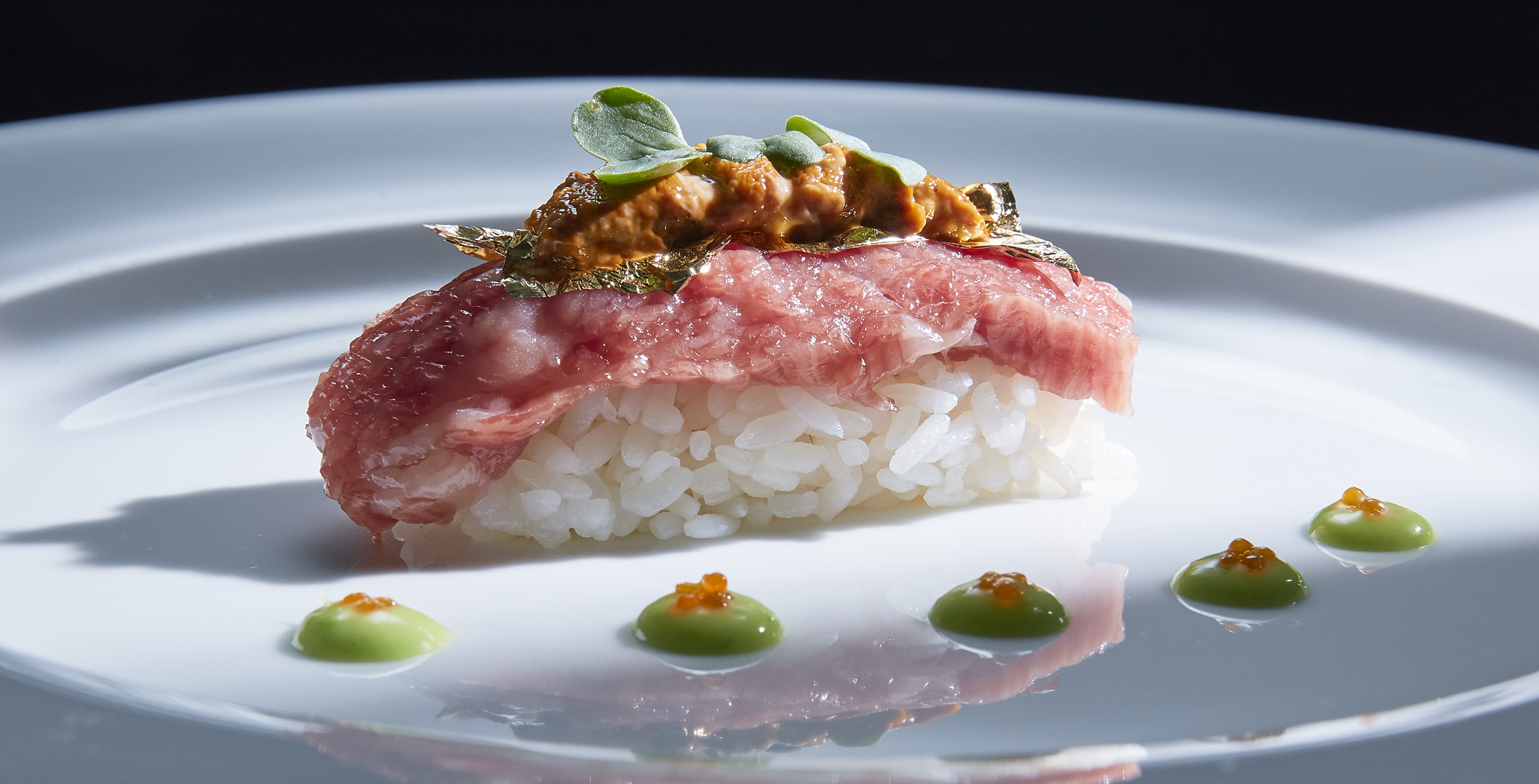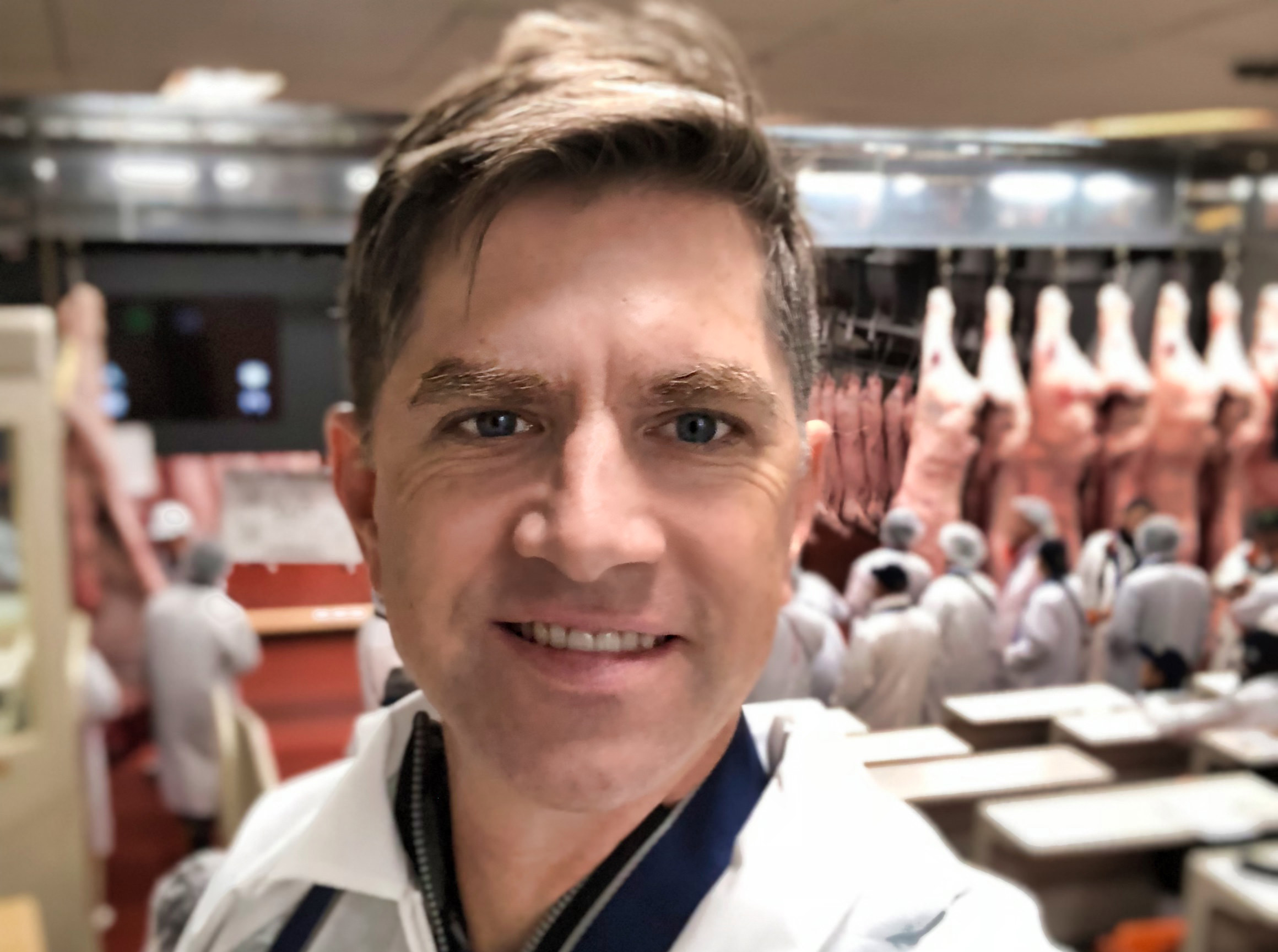
Kobe Beef is iconic. You could visit the Medina of Fez, a pool hall in Kiev or a village in the highlands of Papua New Guinea and ask almost anyone — and they would tell you they’ve heard of Kobe Beef. There are few things in the culinary world as highly regarded or as rare.
It’s scarcity has contributed to its overall aura. Only a relatively small group of farmers and processors in Hyogo Prefecture are qualified to raise it, and each calf must be fathered by 1 of only 12 bulls of the Tajima bloodline, chosen by the government for their perfect meat quality and exceptional marbling.
Of these animals that grade highly enough (A4 or A5, as determined by qualified graders who also must be certified members of the Kobe Beef Association), only then may it be deemed “Kobe Beef” in an official capacity and earn the distinctive Japanese chrysanthemum mark. From there, it must be auctioned, distributed and sold by — you guessed it — certified members of the Kobe Beef Association, which we are now proud members of.

A5 Wagyu at the time of inspection
The tightly controlled system that governs Kobe Beef’s production results in only 5,500 qualifying head of cattle per year, of which only 10% are eligible for export worldwide. Only 37 restaurants in the US are licensed to serve it.
In my view, Kobe Beef earns its reputation with each delicate, velvety, umami-packed bite.

Kobe Beef with fresh uni (sea urchin)
For these simple reasons, nearly everyone has heard of Kobe Beef, but almost nobody will ever have the chance to experience it.
Our journey to Kobe Beef began over 20 years ago when I was a homestay student in rural Hokkaido working on a farm, the place where I experienced Japanese Wagyu for the first time. And much later, when I travelled to Awaji Island, Hyogo Prefecture — where over 70% of Kobe Beef cattle are raised — to begin to learn how Kobe Beef is produced, rated and auctioned.

Joe in Hyogo Prefecture, learning about Kobe Beef from a farmer
The kind farmers, raters and auctioneers that I met explained Japan’s unique traceability system, meticulous ratings qualifications and standards that take place at the local, provincial and national level, culminating in the Wagyu Olympics. They pointed me to the many luxury brands of Japanese Wagyu and regional champions of Kagoshima and Iwate, and even tipped me off to the rarest Wagyu of all — Kagawa’s Olive Wagyu.

Joe at a cattle auction in Japan
After 4 years of learning and building relationships with the Japanese government and leaders in its field of Wagyu, I am truly honored to finally offer the one and only Kobe Beef, if but in incredibly small quantities, from our Kobe Beef farm partners such as Usunaga, Iyori and Shirotani.

Joe at an auction in Awaji Island in Hyogo Prefecture, where over 70% of Kobe Beef is raised
If you are reading this, there’s a good chance it will be sold out, and if so, I encourage you to try the other Wagyu varieties we offer, to subscribe to our Japanese Wagyu subscription and to keep on the waitlist for Kobe Beef when it becomes available again.